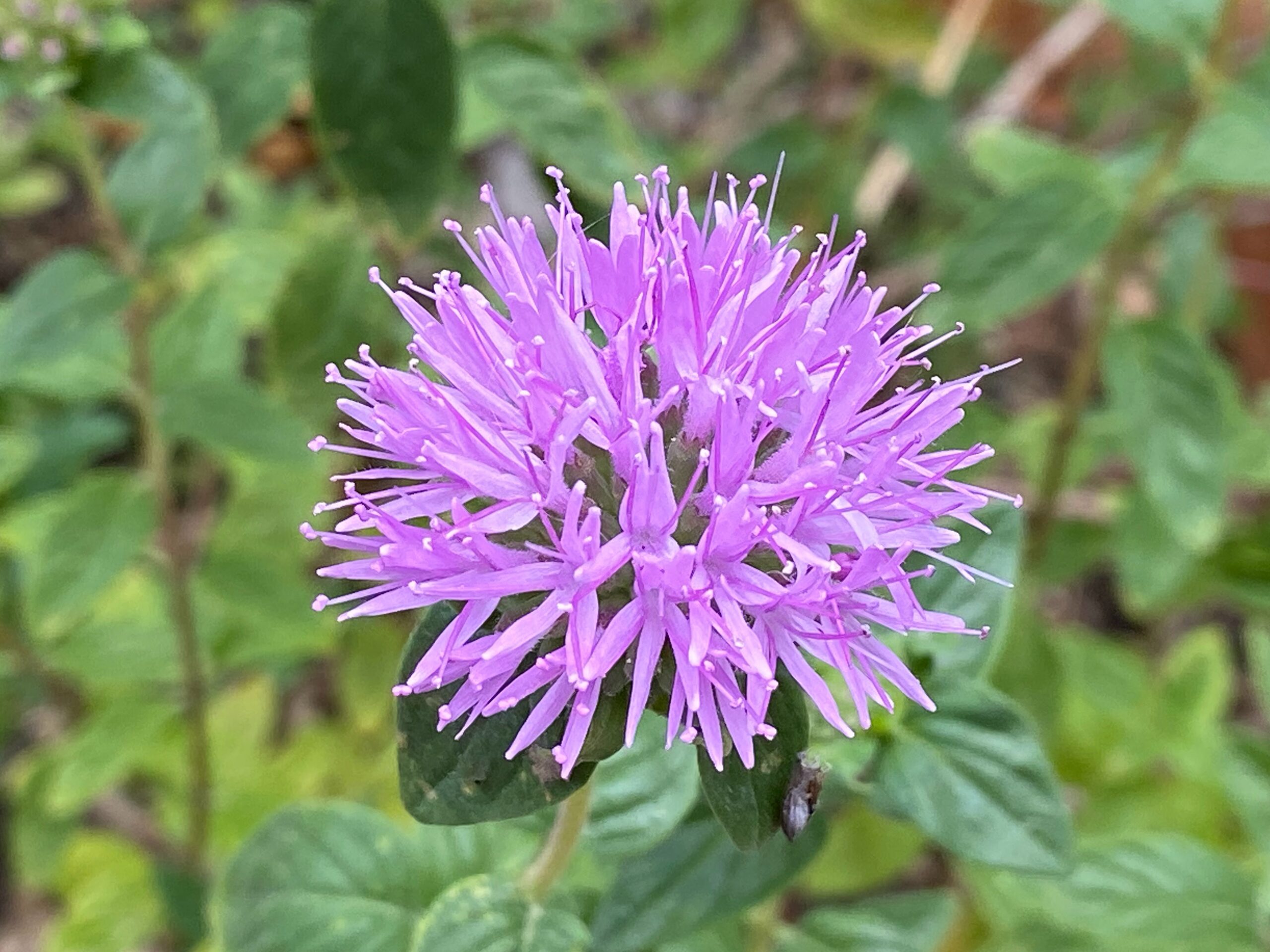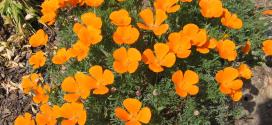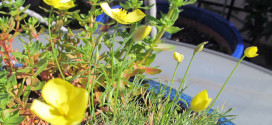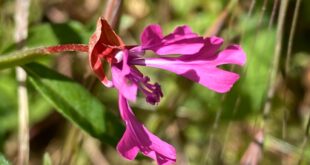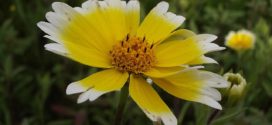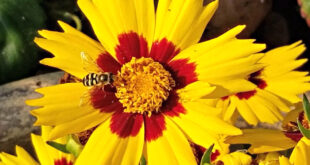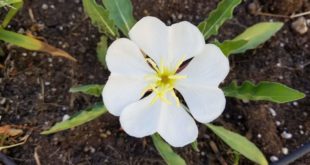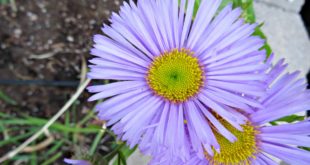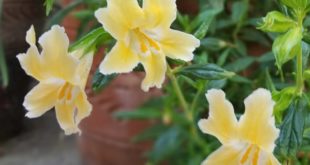Noted for its pleasant mint scent, Monardella villosa (Coyote Mint) is a small perennial forming a bushy mound of oval-shaped, soft, light fuzzy grayish-green leaves. They are topped by a profusion of small, bright lavender or pink flowers in dense spherical flower heads from late spring to alate summer. Nectar-rich, the blossoms are attractive to insects, especially bees and butterflies. …
Read More »Tag Archives: Native
California Poppies
California Poppy is a pretty native wildflower. It is very drought-tolerant and is excellent for xeriscapes. When the plant stops looking pretty, pull it up/break-it-off. The poppy seeds disperse widely so you will be surprised by the next year’s plants. I always have it in my Sunnyvale garden.
Read More »Eschscholzia caespitosa – Tufted Cal Poppy
Tufted Cal poppy is native to California and Oregon. It is 10″ by 12″ wide, ferny foliage, fragrant yellow blooms, loves sun. Like its famous cousin, the orange California poppy, it self-seeds easily. First planted in my Sunnyvale garden: Winter 2014
Read More »Clarkia concinna – Red Ribbons
Clarkia concinna is a species of wildflower in the Onagraceae (Evening Primrose) family known as Red Ribbons. It is endemic to California, where it can be found in the northern Coast Ranges from Santa Clara County to Humboldt County, and in the Sierra foothills. This is an annual plant with erect, herbaceous stems. The distinctive flowers have four looping sepals of …
Read More »Tidy Tips
Plant this spring annual and you’ll be rewarded with a profusion of those bouncy, 2” blooms with their lemon-yellow and pure white scalloped petals , March through June. Combine with Nemophila menziesii “Baby Blue Eyes,” both will self-sow for a harmonious show next Spring. Nice in pots too! In California, it’s an important nectar source for the Checkerspot butterfly. Every …
Read More »Salvia greggii
Salvia greggii, the autumn sage, is a herbaceous perennial plant native to a long, narrow area from southwest Texas, through the Chihuahuan Desert and into the Mexican state of San Luis Potosi, typically growing in rocky soils at elevations from 5,000 to 9,000 ft (1,500 to 2,700 m). It was named and described in 1870 by botanist Asa Gray after …
Read More »Coreopsis
Coreopsis is an easy to grow perennial that loves full sun and can thrive in many types of soil. These native colormakers range from the familiar sunny yellow variety to a host of eye-catching bicolors. Dependably perennial, these are tough plants that tolerate dry, hot weather and deliver long-lasting blooms. Pollinator-friendly and deer-resistant. Other common names are pot-of-gold and tickseed. …
Read More »Tufted Evening Primrose
Tufted evening primrose (Oenothera caespitosa) is a night bloomer, producing large white flowers that start to open in late afternoon and on into the night. The fragrant blossoms appear to glow in the dark while attracting nighttime pollinators. Once the sun begins to rise, the white blooms fade to a lovely shade of pink that decorates the garden throughout the …
Read More »Seaside Daisies
New to our Sunnyvale garden for 2020 are Seaside Daisies (Erigeron glaucus). Also known as beach aster or beach daisy, seaside daisy plants are flowering California native perennial that grow wild along the Pacific Coast, from Southern California north to Oregon and Washington. This tough little plant is found in rugged environments such as coastal scrub and sand dunes. Seaside …
Read More »Sticky Monkey Flower
Orange Bush Sticky Monkey Flower (Diplaucus aurantiacus) are named for their funny-face-flowers that look like grinning Monkeys. These California native gets its common name from its long and narrow leaves with surfaces coated in a sticky resin. It is a delightful small evergreen shrub growing 2-4 ft. tall that becomes totally covered with colorful tubular orange flowers. This wide ranging …
Read More »